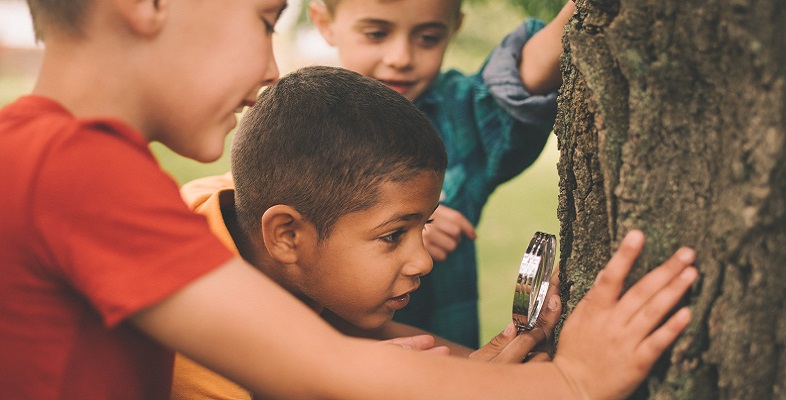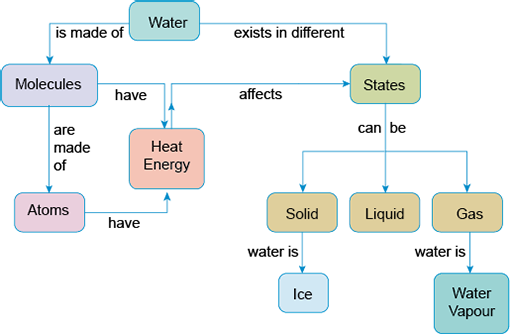3.2 Concept mapping
Another way to find out about children’s existing knowledge is to use concept maps. These are not the same as brainstorms, spider diagrams or flow charts. Concept mapping is concerned with the organisation of ideas and the relationships between concepts (the term ‘concept’ is used to mean any term or phrase that has a scientific meaning). They are more sophisticated than mind maps because they reveal the conceptual understanding of the person devising the map. Pairs of concepts are connected by words and phrases along an arrow that shows the direction in which each pair should be read. An example is given in Figure 6.
Concept maps are not flow diagrams. Although a concept might be linked to several others, the reading of a relationship is between pairs of words only. You do not link three concepts to make a longer phrase, for example. Each pair of linked concepts stands independently from the other pairs.

